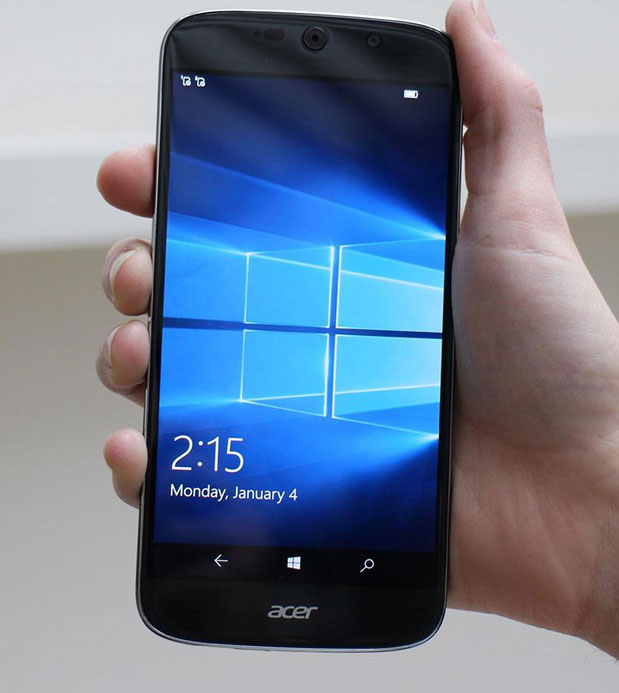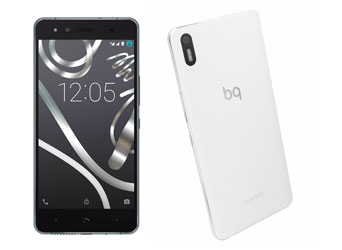
Acer Liquid Jade Primo
 Acer are still early on in their voyage into the smartphone market. I started getting their devices to review in the early part of 2015 and there was one common theme, they all felt a little underwhelming in the hand. At first glance it looked like this may have been rectified but unfortunately it was just an optical illusion and the same plastic feel was prevalent on the back cover. The materials used also make it light (150g), and thus it feels like a budget device.
Acer are still early on in their voyage into the smartphone market. I started getting their devices to review in the early part of 2015 and there was one common theme, they all felt a little underwhelming in the hand. At first glance it looked like this may have been rectified but unfortunately it was just an optical illusion and the same plastic feel was prevalent on the back cover. The materials used also make it light (150g), and thus it feels like a budget device.
It comes with a £420 price tag which gets you a 5.5 – inch full HD display, Snapdragon 808 processor and 3GB of RAM. The 32GB of onboard storage seems paltry but considering it is using Windows 10 there are lots of cloud storage options available.
On screen, Windows 10 looks great. It’s clear, crisp and easy to navigate. Microsoft really has done an excellent job of clawing out some market share for themselves amid some pretty tough competition.
The 3GB of RAM coupled with the Snapdragon 808 processor sounded like it should be a great combination; unfortunately there were some lag issues. I was slightly confused by this as at this level a sluggish device is unforgivable. However, it isn’t clear whether this is down to the OS or the hardware.
Those that will really benefit from a device like this are those that are heavily invested in Microsoft Office. The Continuum functionality allows the phone to be connected to a screen, via an adaptor, which essentially turns the phone into a computer. Here, you can get access to popular apps like Word, Excel and Powerpoint without the need for a laptop. This is a BIG plus point for those business users.
I don’t see many people converting from iOS or Android for this phone, however if it was executed well I would be very tempted.
BQ Aquaris X5
 BQ is a small Spanish manufacturer of mobile devices and they tend to build smartphones with a solid spec sheet with great battery life. The Aquaris is no different and even has some nice design touches which make it feel like more of a premium device rather than some of the plasticy bargain basement devices you will find out there.
BQ is a small Spanish manufacturer of mobile devices and they tend to build smartphones with a solid spec sheet with great battery life. The Aquaris is no different and even has some nice design touches which make it feel like more of a premium device rather than some of the plasticy bargain basement devices you will find out there.
When it comes to the price it isn’t jaw dropping, just £180, which is a reasonable amount to spend on a so called ‘budget’ phone. For this amount you get a 5-inch 720p resolution screen which is ok but won’t wow the pants off anyone. When it comes to performance I was surprised, the 2GB of RAM and the new chipset included, Snapdragon 412 CPU, were excellent. They are entry level quad-core CPUs but I didn’t experience any issues at all when tackling various tasks.
The excellent performance is down to a few reasons; the screen is only 720p which means it isn’t draining power for other functions. The OS helps too; it comes with the Cyanogen Operating System which is a company that used to operate a custom Android UI. It’s very customisable and gives users lots of design options but is essentially Android Lollipop under the bonnet.
I am always very critical of manufacturers’ that make outlandish claims regarding battery life of their products. I was delighted to see the BQ Aquaris X5 was packing an extra big 2,900mAh battery which managed a full two days with fairly heavy usage. It’s rare to get that kind of battery longevity from a smartphone these days, most struggle beyond a day.
